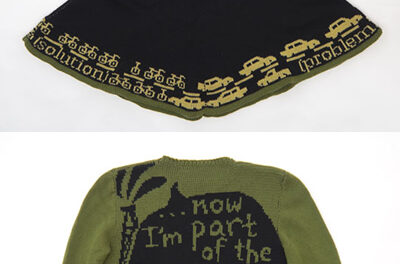I had heard the story, seen the movie. Even attended a worship service designed around the fundamental message. On Christmas Eve 1914, the first year of World War I, soldiers from both the English and German sides laid down their guns, left the trenches, and met in No Man’s Land. Gifts were exchanged, soccer was played, sharing of photographs took place; they even helped bury each other’s dead. It was a short-lived truce, after which the soldiers were ordered to return to their trenches where the two sides renewed their fight for four more years.
One of the nation’s premier men’s vocal ensembles, Cantus, appeared in Brendle Recital Hall on the Wake Forest University campus Thursday night as part of the 2013-14 Secrest Artist Series. The group of nine men joined forces with three actors from the Twin Cities-based Theater Latté Da to perform All Is Calm: The Christmas Truce of 1914, a “radio musical drama.” Creator/Director Peter Rothstein fashioned an hour of theatre using texts from the period with music from the same time as well as seasonal hymns to create a stirring and moving performance.
The drama is broken into seven sections, each painting a vivid scene using a combination of text and music. The opening “Prologue,” featured the Scottish folk song, “Will Ye Go to Flanders?,” a poignant presentation of where the soldiers were to be sent. Several people were responsible for the evocative and beautiful arrangements, including the Cantus ensemble and Erick Lichte and Timothy C. Takach.
The singing was stunning. Each of the nine vocalists could and did serve as a soloist; when the ensemble sang unison lines, the intonation and diction was superb. No conductor, just all men paying very close attention to each other. Perhaps even more beautiful than the unison singing was when the ensemble broke into parts, creating a magnificent web of warm timbres, which splendidly served both the traditional hymn arrangements as well as more contemporary sounds, with close harmonies.
“The Optimistic Departure,” the second section, featured upbeat tunes such as “Good-Bye-Ee” and “God Save the King” with monologues from source material animatedly presented by the three actors in turn. The three actors sat on high chairs in front of the vocal ensemble, which was on risers. The choir hummed or sang softly as to not overpower the speakers. Still, I couldn’t understand every word of the speakers’ orations.
Once the soldiers arrive on the battlefield, of course, the optimism vanishes and “The Grim Reality” sets in with songs like “I Want to Go Home” and “Keep the Home-Fires Burning.” One particularly nice touch in the monologues is that each ended with an attribution as to who had written the text (several letters from the men in the trenches as well as their commanders).
“Christmas” and “The Truce” followed, highlighted by secular seasonal songs like “We Wish You a Merry Christmas” and “O Tannenbaum” (in German, of course), and religious hymns such as “Silent Night, and “Es ist ein Ros entsprungen.” In these sections the narrators presented personal accounts of what happened between the English and German soldiers.
“The Return to Battle” and “Epilogue” created a jarring return to the realities of war and included some cacophonous singing as well as a recording of an English bugle call. The entire drama concluded with a reprise of “Silent Night.” The large audience was obviously moved with the chilling ending.
The evening opened with a “Prelude” with only Cantus on stage. The ensemble, which seemed to sing and breathe as a living organism comprised of nine segments, offered a number of carols arranged by Ralph Vaughan Williams.
The evening was a wonderful mix of theatre and music in a pairing that expanded the definition of each art form. The end result was an intense and moving portrait of the potential for human interaction that is, unfortunately, too often subverted by the animosities of war.












